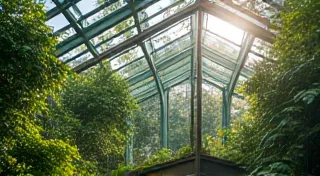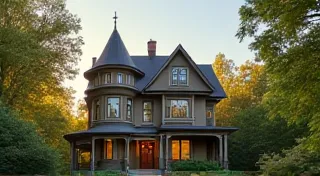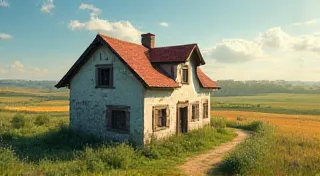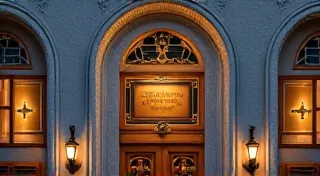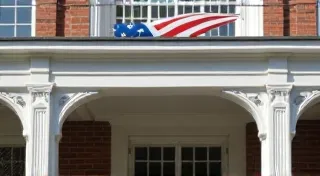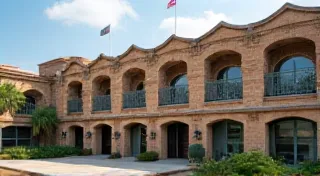The County Courthouse: Justice and History
Description: Uncover the rich history of the County Courthouse, where justice was administered and important decisions were made.
County courthouses stand as imposing testaments to local history, often the most prominent and architecturally significant buildings in a region. More than just places where legal proceedings take place, these buildings are repositories of stories, reflecting the evolving values, aspirations, and challenges of the communities they serve. This article explores the history and significance of the County Courthouse, delving into its architectural style, its role in local governance, and the human stories intertwined with its walls.
The importance of these structures resonates beyond their legal function. They often serve as focal points for community gatherings and symbolize local identity, much like a beloved church serves as a beacon of faith and a central gathering place for many.
Early Origins and Function
The need for a central place to administer justice and conduct official business predates the formal establishment of many counties. Initially, justice might have been dispensed under a large tree or in a tavern. As communities grew, the need for a dedicated space became apparent. The first county courthouses were often simple structures, serving primarily as meeting places for local officials and venues for legal proceedings. These early buildings reflected the practical needs of the time, prioritizing functionality over elaborate design.
The very term "courthouse" derives from the practice of holding court – a gathering presided over by a judge or magistrate. The building’s purpose was multifaceted; it served not only as a judicial center but also as a place for recording deeds, conducting elections, and occasionally, serving as a temporary shelter or meeting space for the community. The evolution of the courthouse mirrored the maturation of local government itself. The records kept within these walls offered a rich tapestry of local life, much like those preserved in a local regional museum diligently documenting the region’s story. The preservation of these records often provides invaluable context for understanding the community's development, from early land disputes to the establishment of vital infrastructure.
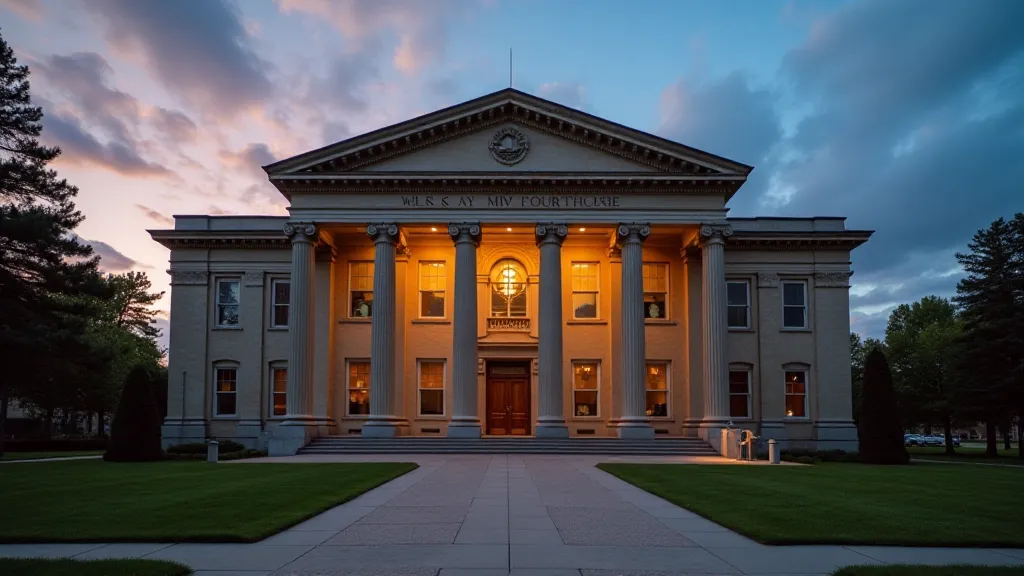
Architectural Styles and Symbolism
As counties prospered and sought to project an image of stability and authority, courthouses began to embrace more elaborate architectural styles. The styles prevalent in a particular era often reflected broader trends in American architecture. The Greek Revival style, with its imposing columns and pediments, was popular in the 19th century, symbolizing democratic ideals and a connection to classical civilization. Romanesque Revival architecture, characterized by rounded arches and massive walls, conveyed a sense of strength and permanence. Beaux-Arts architecture, with its ornate detailing and grand scale, became associated with the late 19th and early 20th centuries, reflecting a period of economic growth and optimism.
The attention to detail and the striving for permanence in courthouse design are telling. These buildings weren't just about legal proceedings; they were intended to be landmarks, much like the sturdy pioneer farmstead representing the hard work and resilience of early settlers. These structures often mirrored the agricultural foundation of the county, embodying the values of perseverance and self-sufficiency.
Many courthouses incorporated symbolic elements into their design. Statues of Justice, often depicting a woman holding scales or a sword, were common fixtures, representing fairness and the impartial application of the law. Engravings on the building’s facade might feature the county’s seal or mottos reflecting local values. The very layout of the building, with its formal entrance and carefully arranged rooms, was designed to convey a sense of order and authority. The architectural choices went beyond aesthetics; they were deliberate attempts to inspire trust and respect within the community.
Significant Events and Human Stories
The walls of a county courthouse have witnessed countless significant events throughout history. They have been the scene of pivotal legal cases that shaped local laws and influenced broader legal precedents. They have been gathering places for community rallies and demonstrations, reflecting the ebb and flow of public opinion. They have been silent observers of moments of triumph and tragedy, of justice served and injustices endured. These buildings have served as silent witnesses to societal shifts and evolving norms, often reflecting both progress and persistent challenges.
The stories embedded within these walls are far more than legal documents; they are human narratives reflecting the changing landscape of the region. Generations of lawyers, judges, clerks, and ordinary citizens have played out their roles in the ongoing drama of local governance. Oral histories and archival records offer glimpses into these compelling narratives, revealing the human dimension of the legal system and the vital role the courthouse plays in the lives of local residents. These narratives often intertwine with the community's educational journey, mirroring the significance of a historic schoolhouse in fostering learning and community cohesion. The evolution of legal practices within the courthouse also reflects broader changes in society's understanding of justice and fairness.
Consider the challenges faced in establishing and maintaining these institutions. They weren’t always places of perfect justice; they were often reflections of the prevailing biases and inequalities of the time. However, they remained crucial venues for addressing grievances and seeking redress. Recognizing the importance of preserving these spaces allows for a critical examination of the past, acknowledging both the strides made and the work still needed to ensure equitable access to justice for all.
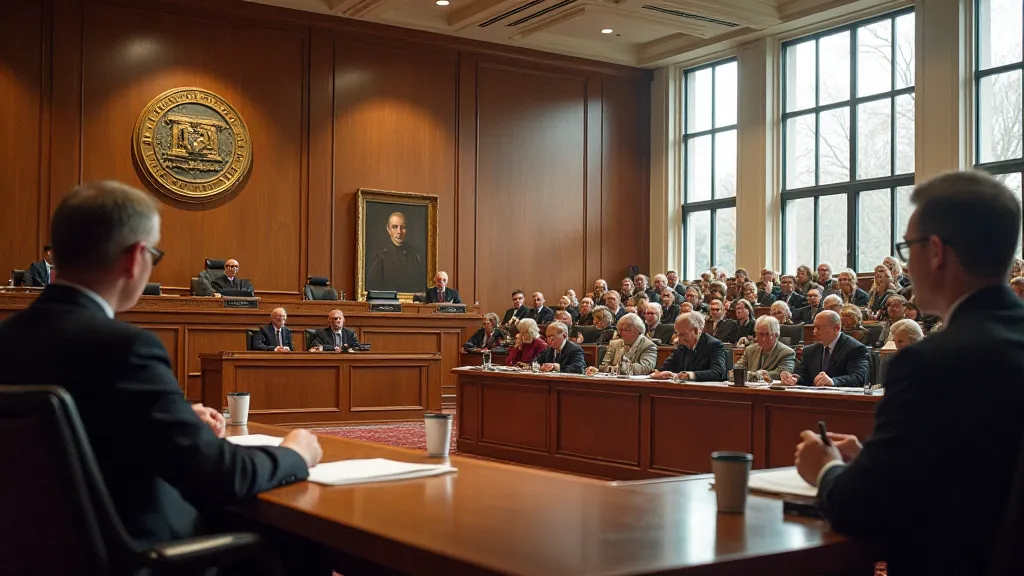
Preservation and Legacy
Recognizing the historical and architectural significance of county courthouses, many have been designated as historic landmarks. Preservation efforts are underway to restore and maintain these buildings, ensuring that they remain a visible reminder of the region’s past for generations to come. These efforts often involve repairing damaged facades, restoring original architectural details, and interpreting the building’s history for the public. Funding for these preservation projects often comes from a combination of public and private sources, highlighting the shared commitment to safeguarding cultural heritage.
Beyond the physical restoration, it's vital to interpret the stories embedded within these walls. This involves confronting uncomfortable truths about the past while celebrating the progress made toward a more just and equitable society. The effort to preserve these buildings isn’t just about protecting bricks and mortar; it’s about safeguarding a vital piece of the community's identity. These efforts often complement the meticulous record-keeping found within a dedicated regional museum, ensuring a holistic understanding of the community’s story.
The dedication to preserving these structures speaks to a larger cultural understanding of the importance of remembering our past, a sentiment echoed in the efforts to maintain other important institutions. The ongoing effort to interpret the stories embedded within the courthouse walls provides context, much like how caretakers strive to illuminate the significance of a beautiful and venerable space.
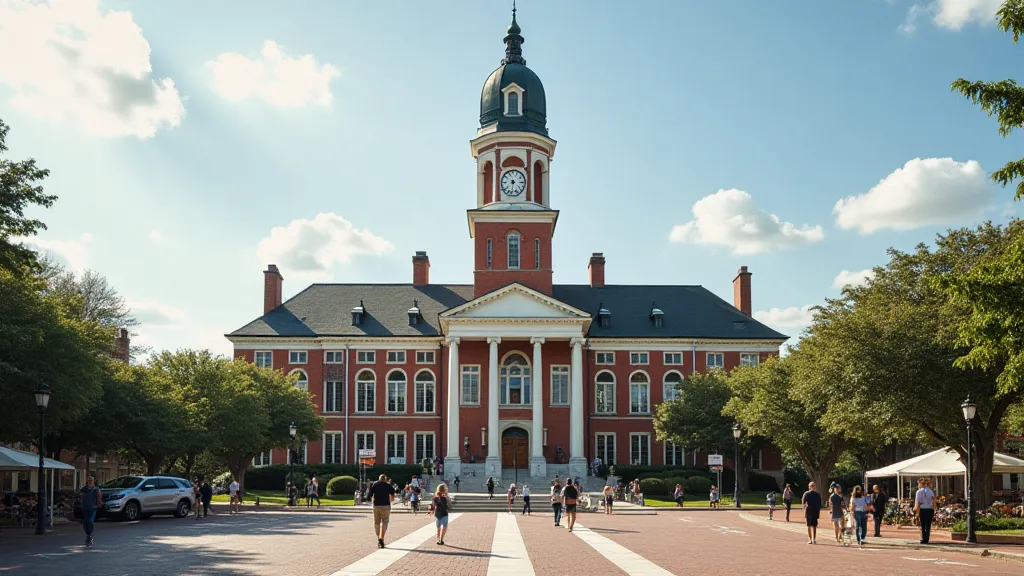
The County Courthouse stands as more than just a building; it is a symbol of local identity, a testament to the enduring principles of justice, and a repository of the region’s rich and complex history. By understanding and appreciating its significance, we can ensure that its legacy endures for many years to come. The preservation of these landmarks ensures future generations can reflect on their roots and appreciate the evolution of the region. Often, these preservation efforts also involve showcasing the landscape surrounding the courthouse, reflecting the symbiotic relationship between the built environment and the natural world. This holistic approach ensures a complete understanding of the community’s past, present, and future.
